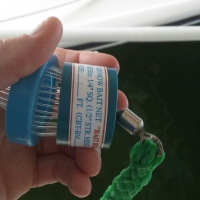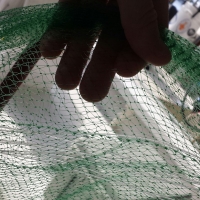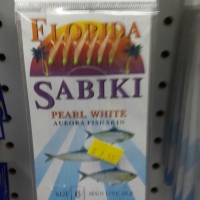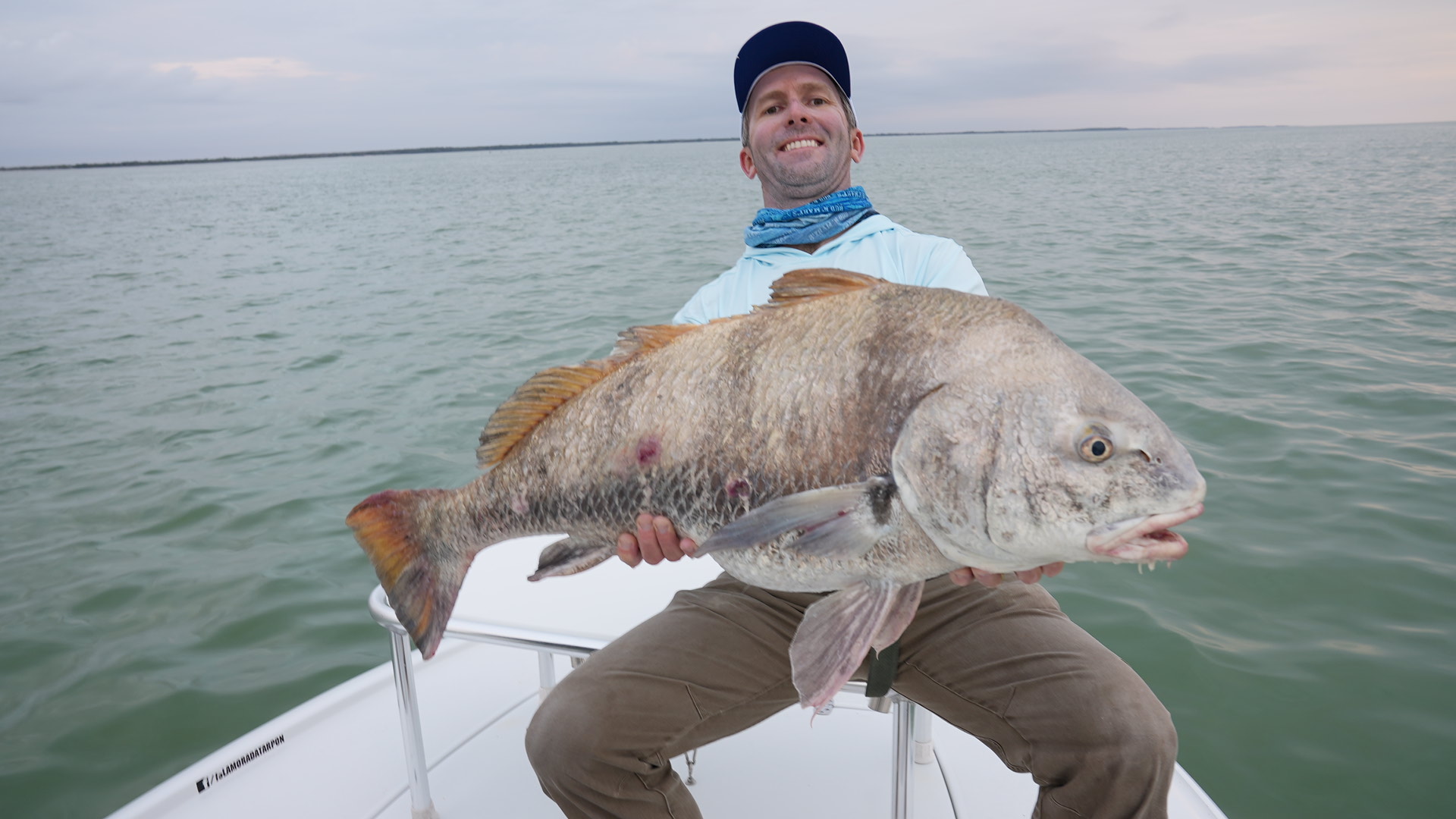Pilchard bait overview
Pilchards are a great bait for all kinds of different species in many different areas. In Islamorada, Florida they are a favorite of both offshore and inshore captains. In the backcountry they are often used for species such as mangrove snapper, snook, trout, tarpon, and more. They also work in the gulf for mackerel, cobia, and other predator fish. On the ocean side they use them for tunas, sailfish, snapper, and more. The nice thing about pilchards is you can chum with them which is very effective for certain species. This really fires the fish up and gets them congregated behind the boat. Some fish such as tarpon, snook, or tunas that can be tricky to get to feed will often go nuts when thrown handfuls of pilchards and can be hooked easily. Catching pilchards in Islamorada and throughout the Florida Keys can be done in many different places as well as in a few different ways…[sociallocker id=”692″]
Netting pilchards
Using a cast net is the way most captains obtain pilchards in the florida keys. A small mesh net is best as it will prevent gilling of them. It also doesn’t beat the baits up as much so they will live more hardily throughout the day. However in deeper water you may need to increase mesh size for it to sink quickly enough to get the baits. I typically use a 1/4 inch square mesh net, though again I am primarily a backcountry fisherman so I am not catching big pilchards most of the time. Most of the time we look around shorelines and island moats where we have caught pilchards in the past. Certain times of year they tend to show up in certain places. When it starts to cool down in the fall they can often be found on the oceanside shorelines. Throughout they year they can also be found around many of the backcountry islands and moats. Other times of year larger pilchards show up offshore of Islamorada. This is often around certain structural areas, and often you must mark the baits on a bottom machine and blindly throw your cast net. Often times you will see birds bombing on them. If it is calm weather you may also see them visibly flipping and disturbing the water on the surface. Typically the early morning is the best time to catch pilchards, right at daybreak. Birds often find them at this time and are the first to disturb them. You can also often find pilchards in marina basins and canals up and down the florida keys.
Chumming for pilchards
There are plenty of areas where boats chum for pilchards. These are often on the edges of channels and flats in the backcountry as well as on the oceanside. It may take a bit of experimenting to find the right areas, but often once you find a place you can chum the baits to you on a regular basis. Again the early morning is the best time to do this. Simply put a chum block out and shake the bag. Look for the water to ripple almost as if it is raining and that is usually a sure sign pilchards are in the chum slick.
Catching pilchards on rod and reel
You can use a sabiki rig to catch pilchards for bait too. Often offshore boats will do this to catch real lively baits that they plan on using for species such as sailfish that may be a bit more picky as to what they eat. These baits can be fished longer and generally are hardier as they don’t get beat up in a cast net. They also can be caught, put in a live well, and saved for a later day. Simply find a school of pilchards and jig the sabiki rig through them.
Keeping pilchards alive
A good livewell setup is critical for keeping a good number of pilchards alive. Make sure you have good waterflow. Also make sure to keep the drains from getting clogged with grass or scales. If the pilchards you are catching are sandy keys, be wary as they die much quicker and scales fall off and often clog up well systems. The better type of pilchards is called a ‘razor belly,’ aptly named for the sharp, strong angle of their belly. Pilchards can also be penned up and saved for a later date. Typically sabiki fishing them is best for this as the net doesn’t beat the baits up, however if your using a very small mesh net and catching razor bellies, you can often pen these baits up to save. Again make sure the pen area has good water flow.
Fishing with pilchards
You can fish a pilchard in any number of ways. In the backcountry I generally either free-line them with a small 1/0 J hook, put them on a small jig-head similar to a shrimp, or put them on a knocker rig with a circle hook if I am leaving them sit on the bottom. I generally hook them through both lips in the mouth. If the baits are very small though often they make get stolen off the hook with ease. In this case try simply hooking them somewhere in the meat, or maybe even put a couple of baits on one hook. Another trick is to belly hook a pilchard, this will make him swim down as opposed to up, if your trying to get a bait to a fish in deeper water. You can also try cutting pilchards in half and throwing them out for some species, to give the injured appearance. Remember in most cases to let a fish eat the pilchard and don’t jerk right away when you feel action. Slowly reel and come tight, then give the fish a slight tug to set the hook while continuing to reel.
Chumming with pilchards
Chumming with pilchards is pretty simple and straightforward. This is where these baits really come in handy. If your fishing an area and you want to get the fish fired up, simply throw out a handful of pilchards. Snook, for instance, will come out and often pop these baits and you will know they are there. You can stop around an area and simply throw out a few handfuls to see if fish are there or not, then quickly move on without wasting too much time. You can also pull fish to you, if your sitting up current in a creek or at the mouth of a channel, for instance. One trick is to pop the pilchards eyeballs as you throw them out. This injures them and makes them swim around in circles on the surface, and awaiting predators often cannot resist this temptation. After you do this, simply cast your hooked baits out in the same area. Continuing to chum will keep the fish in the area, though no need to overdo it and go crazy.
Capt. Rick Stanczyk
305-747-6903
rick@fishingislamorada.com
[/sociallocker]





